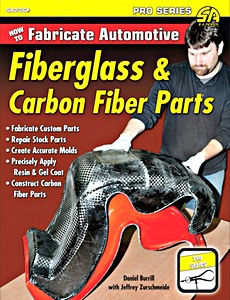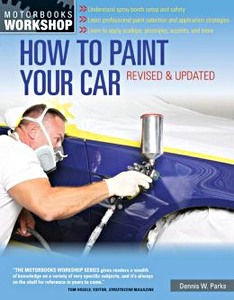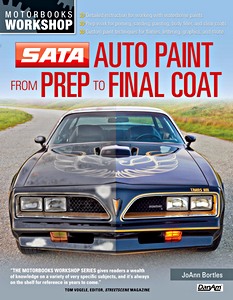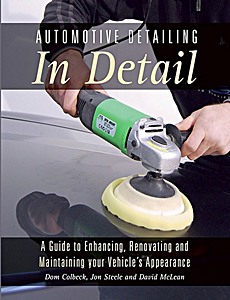Competition Car Composites - A practical handbook
This is a practical and well-illustrated guide to all the main aspects of composite fibre reinforced plastic manufacturing techniques with emphasis on the methods and materials that can be used in the home workshop.
It is therefore a valuable source of reference for competition drivers, amateur designers and constructors, as well as those who make, modify or repair components, both for competition cars and road vehicles.
Detalle del libro
| Autor: | Simon McBeath |
|---|---|
| Presentación: | 208 páginas, 23.5 x 16.5 x 1.6 cm, tapa dura |
| Ilustración: | 165 ilustraciones |
| Editorial: | Haynes Publishing (GB, 2000) |
| ISBN: | 9781859606247 |
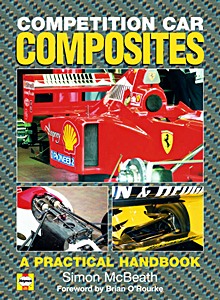
Competition Car Composites - A practical handbook
Idioma: Inglés
Disponible en Amazon - pago segura y entrega rápido
Comprar en Amazon ESComprar en Amazon.com

